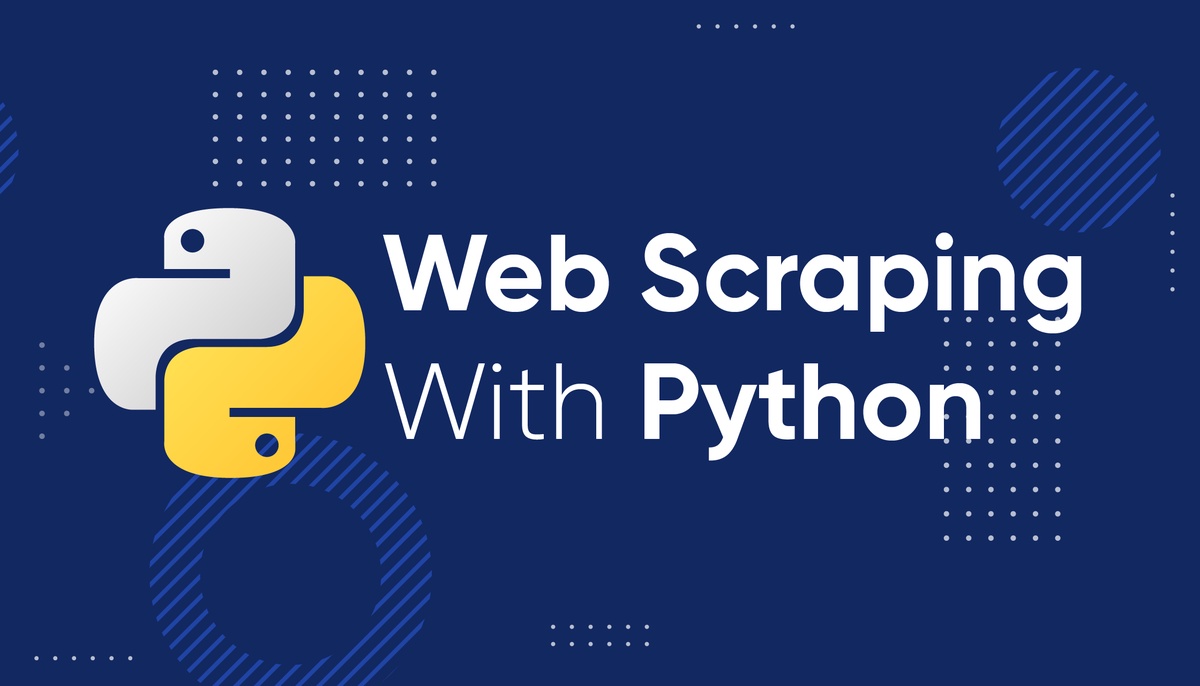Web scraping is a popular data extraction technique that involves retrieving data from websites. It can be used for a variety of tasks, such as data analysis, content discovery, and more. In this blog post, we will walk you through the basics of web scraping using the Python programming language. We will also demonstrate how to scrape a website using the Requests library. By the end of this tutorial, you will have a solid understanding of how to scrape websites using Python!
What is Web Scraping?
Web scraping, in simple terms, refers to the process of extracting data from websites by using automated means. This can be done using various Python frameworks or libraries, such as Scrapy or Selenium. It is an important skill for data analysts, information professionals and web developers who want to extract relevant data from websites.
There are a few things you need to keep in mind before starting web scraping: first and foremost, you need to make sure that the website you’re working with allows user input. If not, you may need to find a way around this limitation. Secondly, you need to be aware of the different types of data that can be extracted from websites. Thirdly, it’s important to understand how web scraping works and how the various Python libraries work. Finally, it’s also important to have a good understanding of search engines and how they work so that you can optimize your searches accordingly.
Once all these factors are taken into account, web scraping can be a very useful tool for extracting data from websites.
How to Setup the Python Environment?
To scrape the web using Python, you first need to set up your environment. You can do this by following these steps:
1) Install Python 3.6 or later on your computer
2) Download and install the Scrapy framework from https://scrapy.org/download/
3) Open a terminal window and type the following command to install scrapy:
4) In order to create a new project using Scrapy, you first need to create a folder called "projects" in your home directory: cd ~ mkdir projects
5) To start using Scrapy, you first need to create a file called "config.py" inside of your projects folder: touch config.py
6) The contents of your "config.py" file should look like this: import os from scrapy import settings # This is the location of your scraped data SCRAPED_DATA = './src/data' # Specify how often (in seconds) Scrapy should check for new pages if status_path not in settings . FILES : os . makedirs ( status_path ) def main (): # Start the scraper with default settings sess = scraper () sess . use ( settings . DEFAULT ) if __name__ == '__main__': main ()
How to Extract Data from Websites?
There are many ways to extract data from websites, but the most common approach is to use a web scraping framework. A web scraping framework helps you automate the process of extracting data from websites. It can be used for a wide variety of tasks, including data collection, data analysis, and data retrieval.
There are several popular frameworks available, but the two most commonly used are Scrapy and BeautifulSoup. Both frameworks offer a range of features that make them versatile tools for extracting data from websites.
To get started with web scraping using either Scrapy or BeautifulSoup, you first need to install the appropriate dependencies. You can install Scrapy using pip or easy_install. Similarly, you can install BeautifulSoup using pip or easy_install.
Once you have installed the necessary dependencies, you can begin creating your scraper skeleton by creating a new scraper file called src/scrappers/my_first_scraper.py. The my_first_scraper.py file contains the basic skeleton of a Scrapy crawler that will extract data from www.google.com.
The my_first_scraper.py file looks like this:
from scrapy import WebScrape class MyFirstScraper(WebScrape): name = "my-first-scraper" def load(self): url = "www.google.com" results = self .get() return results
How to Analyze Data using Pandas?
In this article, we will be discussing how to use the Python pandas library for data analysis. The pandas library is a high-performance data analysis library that offers a lot of features for data scientists and analysts. In this tutorial, we will be using the pandas library to analyze web scraping data.
Web scraping is a process where you collect data from websites by extracting information automatically. This can be done manually by browsing through the website and copying all of the text or it can be done with software like Scrapy which automates the task. Web scraping can be used for many purposes such as research, data mining, market research, and more.
Before getting started with web scraping with pandas, let's first understand what exactly we are going to do with this data. We want to find out how many articles are on each topic and extract some basic statistics like title length, author count, and URL links.
To get started, first import the necessary libraries:
import pandas as pd import datetime as dt from scrapy import Crawler
Next we create our dataset: df = pd . DataFrame ( Crawler . Listing ( 'https://www.nytimes.com/2017/09/20/us/politics/donald-trump-election-results-map.html' ), { 'title' : [], 'author' : [], 'url_links' : [] } )
How to Visualize Data using plotly?
With the growing popularity of data visualization, it’s no surprise that many people are looking for ways to visualize their data in an effective way. One popular Python-based tool for data visualization is Plotly. In this article, we’ll walk you through how to use Plotly to display your data in a visually appealing manner. We’ll also provide some tips on how to get started with Plotly and some useful resources.
What is Plotly?
Plotly is a powerful Python library for data visualization that lets you create professional-grade graphs and charts quickly and easily. It includes built-in features for plotting networks, scatter plots, bar charts, line charts, and more. You can also add your own custom scripts and integrations to make Plotly even more powerful.
How do I get started using Plotly?
First, you will need to install the necessary dependencies by running the following command:
pip install -r requirements.txt
Once the dependencies have been installed, you can start using Plotly by importing the appropriate module:
import numpy as np from matplotlib import pyplot as plt import pandas as pd # Set up a couple of variables representing our dataset datetime_data = pd . date64 ( '2018-12-01' ) . astype ( 'date' ) . values
Conclusion
In this article, we will be taking a detailed look at how to scrape websites using the Python library scrapy. We will be covering how to set up your environment, as well as how to write some basic scripts. By the end of this article, you should have a good understanding of what web scraping is and be able to start doing it yourself!


No comments yet